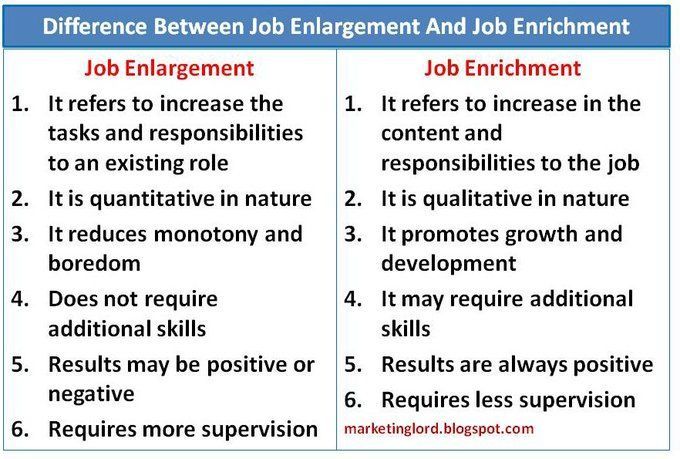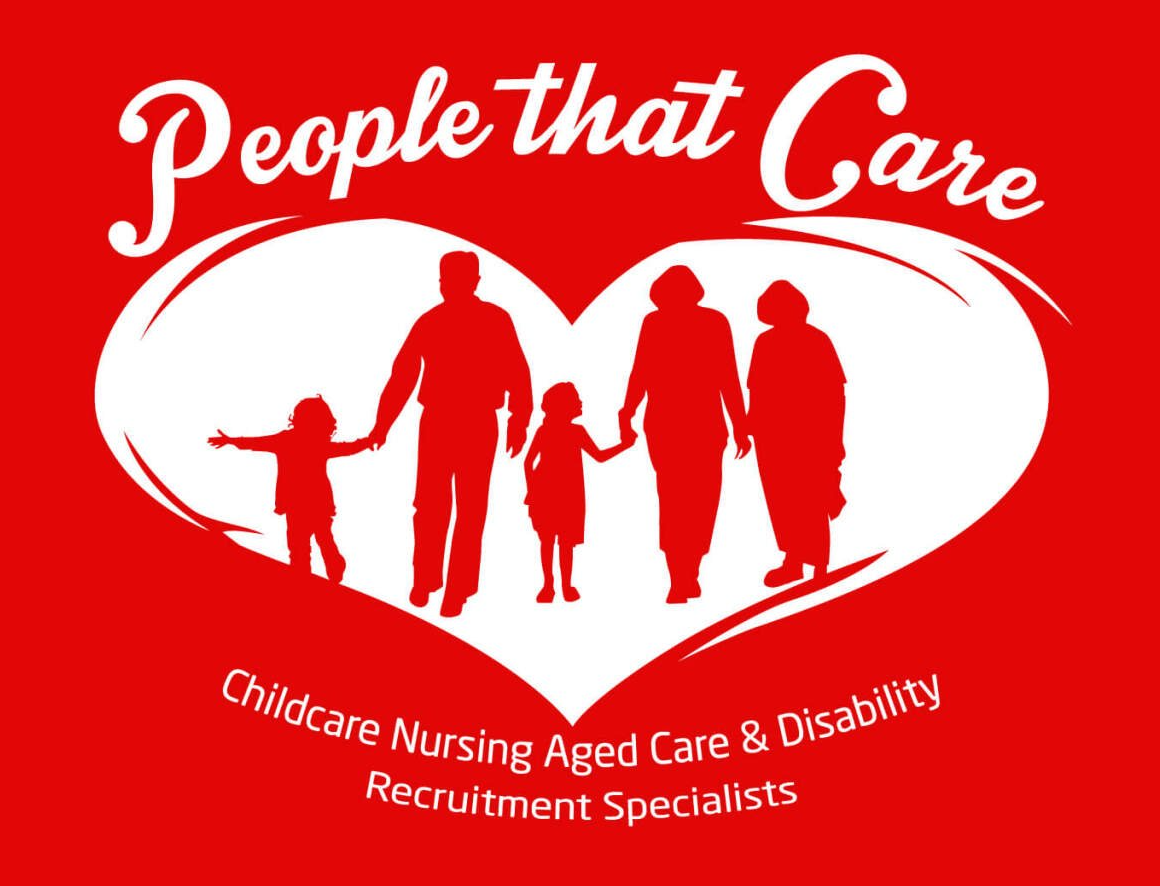Child care and early education in Australia: choosing the right type for your family
Key points
- Child care in Australia includes long-day care, family day care, in-home care, business-related creches and outside school hours care.
- Your choice of care will depend on your family circumstances and values.
On this page:
- About child care and early childhood education in Australia
- Home-based care
- Centre-based day care: long day care and occasional care
- Family day care
- Business-related creches
- Outside school hours care
- Which type of child care is right for your family?
- Registering early for child care
About child care and early childhood education in Australia
There are 5 main options for child care and early education in Australia:
- home-based care
- centre-based care
- family day care
- business-related creches
- outside school hours care.
Child care is also known as early childhood education and care. It’s mainly designed for children aged up to 5 years, but it also includes care for primary school-age children in outside school hours care.
All children living in Australia have the right to use child care services. Children can’t be excluded from child care on the basis of their cultural background, citizenship, family circumstances or ability.
Home-based care
Home-based care is when a friend, relative, babysitter or nanny cares for your child in your own home.
You might choose to organise home-based child care because other child care options aren’t available when you need them or they don’t meet your needs.
Many families use informal home-based care. For example, this is when grandparents or other relatives look after children, either regularly or occasionally.
Other families make more formal arrangements. For example, they use babysitters or nannies.
Babysitters are handy for occasional care – for example, when you’re going out for an appointment or social event. For longer and more regular hours of care, you might choose to employ a nanny. Nannies are generally more experienced and better qualified than babysitters.
You might be able to use the Australian Government’s In Home Care program to help with the cost of home-based child care by an educator who meets minimum qualification requirements. You have to be working non-standard or variable hours, be geographically isolated, or have complex or challenging family needs to be eligible.
Centre-based day care: long day care and occasional care
Centre-based care includes long day care, occasional care, preschools and kindergartens.
Long day care at a child care centre suits many families who work regular weekdays.
Some child care centres offer occasional care for families who need someone to look after their children every now and then. This is a good option if you work irregular or unpredictable hours or you need to go to appointments or catch up on household tasks. You can express your interest in occasional care days and go on a waiting list for when other children are away.
Preschools or kindergartens operating from stand-alone centres offer education and care programs for children aged 3-5 years. Some preschools also offer occasional care days if other children are away.
Centre-based care:
- is reliable
- has qualified early childhood educators
- offers a learning and development program with structure and routine
- gives children opportunities to play and socialise with many other children.
Family day care
Family day care is when your child is looked after by an approved educator in the educator’s home.
Family day care:
- is a home-based environment
- offers a learning and development program and opportunities for children to play and socialise with other children
- might be a quieter environment, which some children prefer or need
- can be flexible – for example, if you just need care for part of the day
- might be less reliable than centre-based care – for example, you might have to find back-up care if your carer gets sick.
If you’re interested in family day care or centre-based child care, it’s a good idea to visit family day care homes or child care centres so you can get a feel for different services. Our child care checklist can help you work out whether a particular service is right for your family.
Business-related creches
Some businesses, like gyms or shopping centres, offer informal child care in creches. These businesses might charge a fee or build a fee into the overall cost of membership or the price of their products or services.
These creches can be convenient if you need care for a brief period. They’re a good way for children to play and socialise with other children. They can also prepare children for more formalised child care in the future.
These creches don’t have to meet the same requirements as centre-based care or family day care – for example, requirements for educator-child ratios or education quality. So they won’t help your child learn and develop in the same way as a quality early childhood education and care service.
Outside school hours care
Outside school hours care is centre-based child care for families who need care before or after school, on student-free days and during the school holidays. It’s only for primary school-age children.
Educators in centre-based child care services, family day care and outside school hours care must be qualified in early childhood education. They have the skills and training to support your child’s learning, which is a key part of the child care experience.
Which type of child care is right for your family?
When you’re trying to decide which type of child care is right for your family, you might want to consider the following questions:
- How many hours of child care do you need each week?
- What are the child care options in your area, and how much do they cost?
- Do you want your child educated and cared for at home or at a child care centre?
- Are you looking for child care that matches your family’s interests, lifestyle or values – for example, food choices, musical interests and so on?
- Do you want your child to experience different styles of learning and mix with children from a wide range of social and family backgrounds?
- Are you looking for child care that’s similar to or different from learning and care at home?
- What are the quality ratings of the options you’re interested in? You can check quality ratings of child care services at Starting Blocks.
You might be able to get Australian Government assistance to help with child care costs. You need to meet certain criteria to be eligible. For example, you must use an approved child care service.
Registering early for child care
When you’ve decided or even while you’re still deciding, it’s a good idea to register with any services that you’re interested in.
It’s OK to put your child on more than one waiting list. This is because you might not get all the days you need from one service alone, or a service might not have a vacancy when you need it.
Source: https://raisingchildren.net.au/grown-ups/work-child-care/organising-child-care/child-care-types


